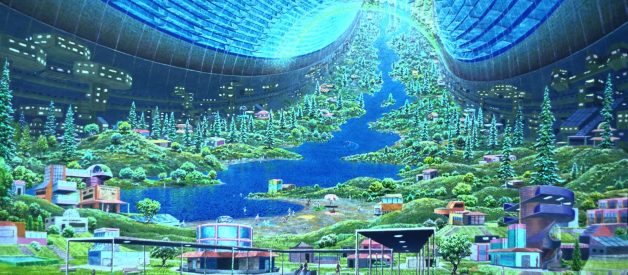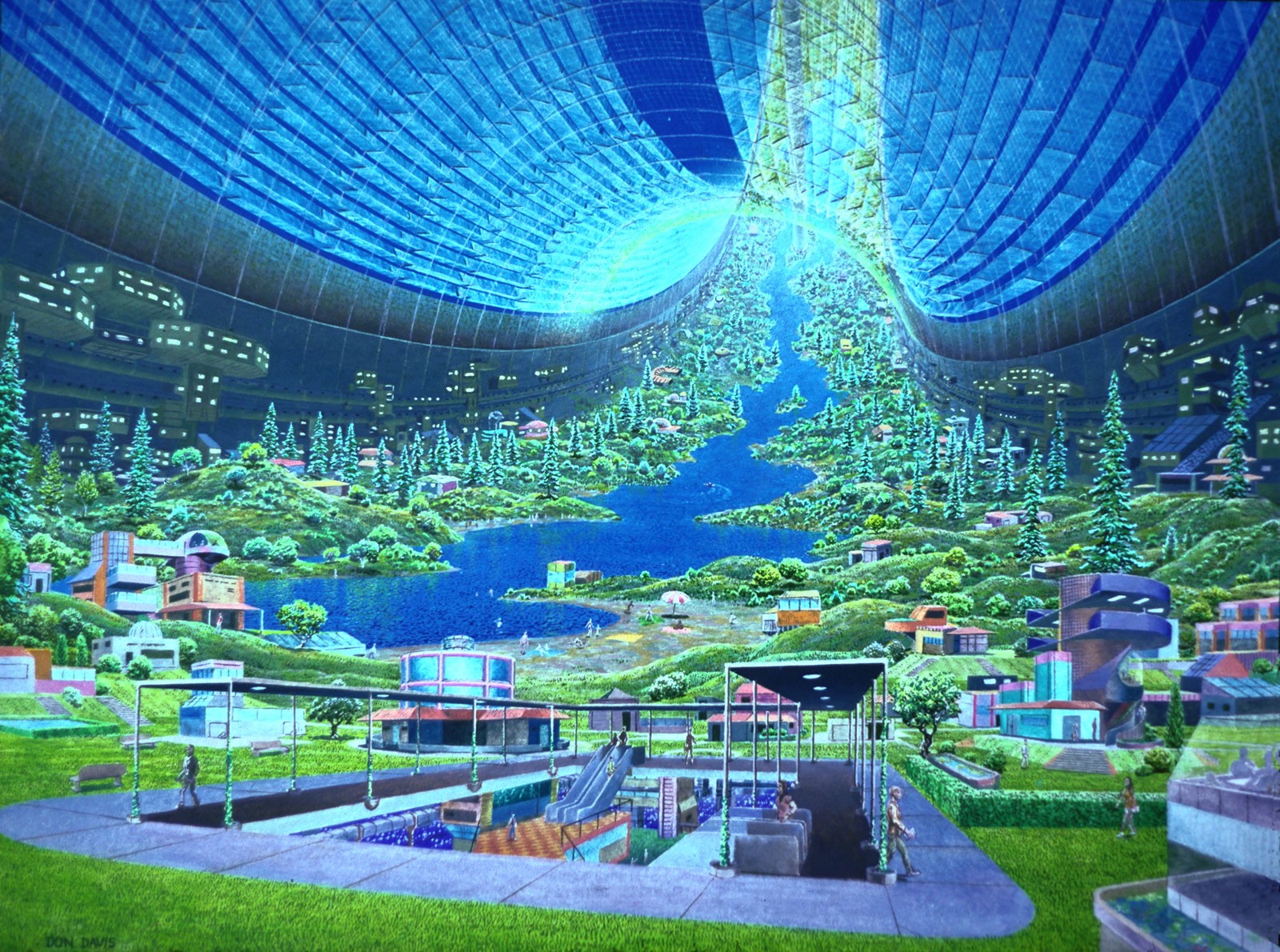
You have an idea for a story or a game, and you want to build a universe for it to live in. Or maybe you have the foundations of a universe, and you?re wondering how to flesh it out, if your idea?s worth pursuing, or how to distinguish your work from the world building giants?. Luckily, and dauntingly, there are thousands upon thousands of articles, books, communities, apps, and directories of yet more resources to guide you through the process of creating worlds to ground and inspire your designs.
Sorting through hundreds of web pages with repetitive or contradictory information can be overwhelming and unproductive. And it?s especially overwhelming sorting through hundreds of web pages before making any headway toward your original goal: building a world that works. I spent several years sifting through world building resources before getting my bearings. Here?s what I found.
Types of Resources
Before we ask the question ?What resources should we use to guide our world building?? we need to answer another question: ?What does it mean to guide world building?? As it turns out, there are, roughly, three broad categories of tools to aid in world building, and they each offer a different form of guidance. Knowing what each is useful for is vital to effective and efficient world building. The types are:
- ?toolboxes,?
- ?processes,?
- and ?platforms.?
Let?s tackle each type in turn.
Toolboxes
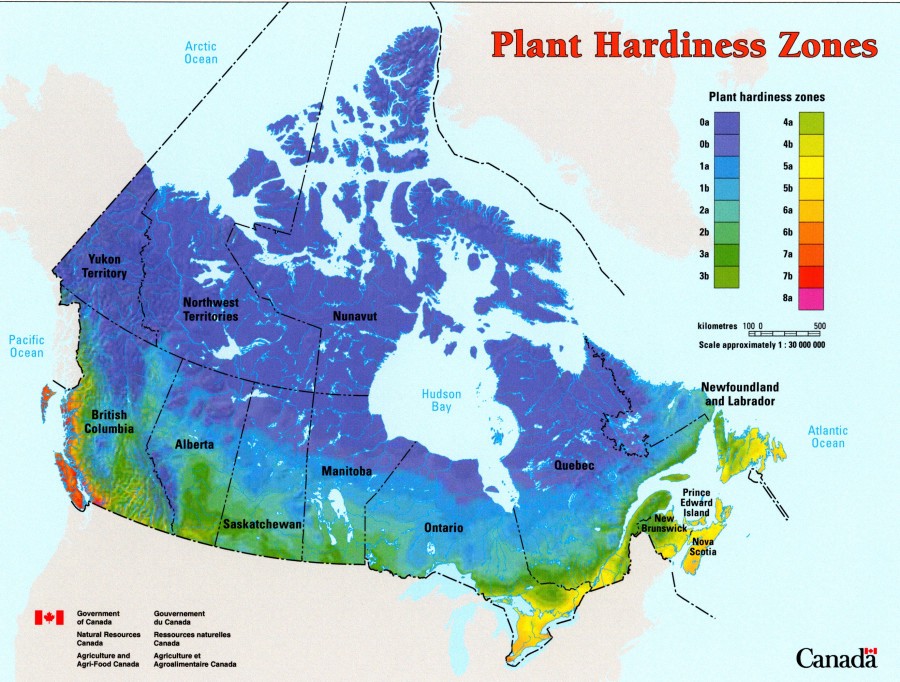
Most people?s perception of the world building process is colored heavily by the legacy of one individual ? J. R. R. Tolkien. Tolkien was a highly skilled linguist who was also intimately familiar with European mythology and history. So he used this knowledge. He built the world of Middle-earth up from the languages and stories of its inhabitants and designed the rest of the world on that foundation.
The problem is, that way of world building ? starting with one meticulously researched and thoroughly rendered aspect of a world ? isn?t for most people an accessible or efficient way to create a universe ready for narratives and other designs to inhabit. Isaac Asimov, Ursula K. Le Guin, George R. R. Martin, Margaret Atwood, and Lucasfilm LLC have all, to one degree or another, taken shortcuts, sketching in broad strokes many aspects of their worlds, and devoting their energy to the parts most relevant to the stories they were telling.
Toolboxes are the most common type of resource for world building, and yet they?re the least explicitly relevant to the end of creating worlds. Toolboxes are calculators for determining orbital mechanics, guides for creating fictional religions, and software for fantasy map making ? sets of highly specific tools and bottled research that allow you to add sparks of realism to equally specific parts of your world.
Here are some excellent and representative examples of toolboxes:
- Mark Rosenfelder?s The Planet Construction Kit is a ?general? world building toolbox. In 371 pages, it overviews everything from astronomy to biology and agriculture to magic. Each chapter focuses on a specific aspect of world building, gives recipes for bringing those aspects to life at various levels of detail, and provides examples from Rosenfelder?s own projects.
- World-Builders is a longstanding information hub for creating worlds with a scientific focus. The site offers hundreds of pages of world building lessons and further resources on and links to niche topics.
- Tectonics.js simulates a planet?s tectonic plates. World builders who wish to believably ?evolve? the landmasses, oceans, and climates of their worlds will find Tectonics.js highly valuable and a joy to use.
- Myths, Creatures, and Folklore is a directory of myths. It offers nothing specifically for world building, but rather serves as a reservoir of content to draw on for designing fictional mythologies, writing fairy tales, and developing symbologies for constructed cultures.
The usefulness of toolboxes depends entirely on the goal of your world building. Climate zones, economics, and technology are, by default, irrelevant to storytelling and, until made explicitly otherwise, real-world designs. The mischaracterization of world building as self-indulgent and pointless is spurred on by the plethora of specialized toolboxes and the communities that sustain them and focuses only on that narrow form of world building that exists first for itself and the joy of its creation and does not intend relevance.
However, for world building that serves a novel, game, or targeted thought experiment, toolboxes can also be instrumental. They are research. Once you have a central plan for your world and a core set of ideas to explore, what context do you need to render those ideas? Where should you add realism or specificity? What outside knowledge might heighten the effect of a mini-series about cultural conflicts in the Andes? How about a similar story set in space? What questions are relevant? Which are time sinks?
The best toolboxes are not only toolboxes. That is, they don?t simply provide detailed answers to questions; they also guide you toward asking the right questions. This brings us to the second type of world building resource: processes.
Processes
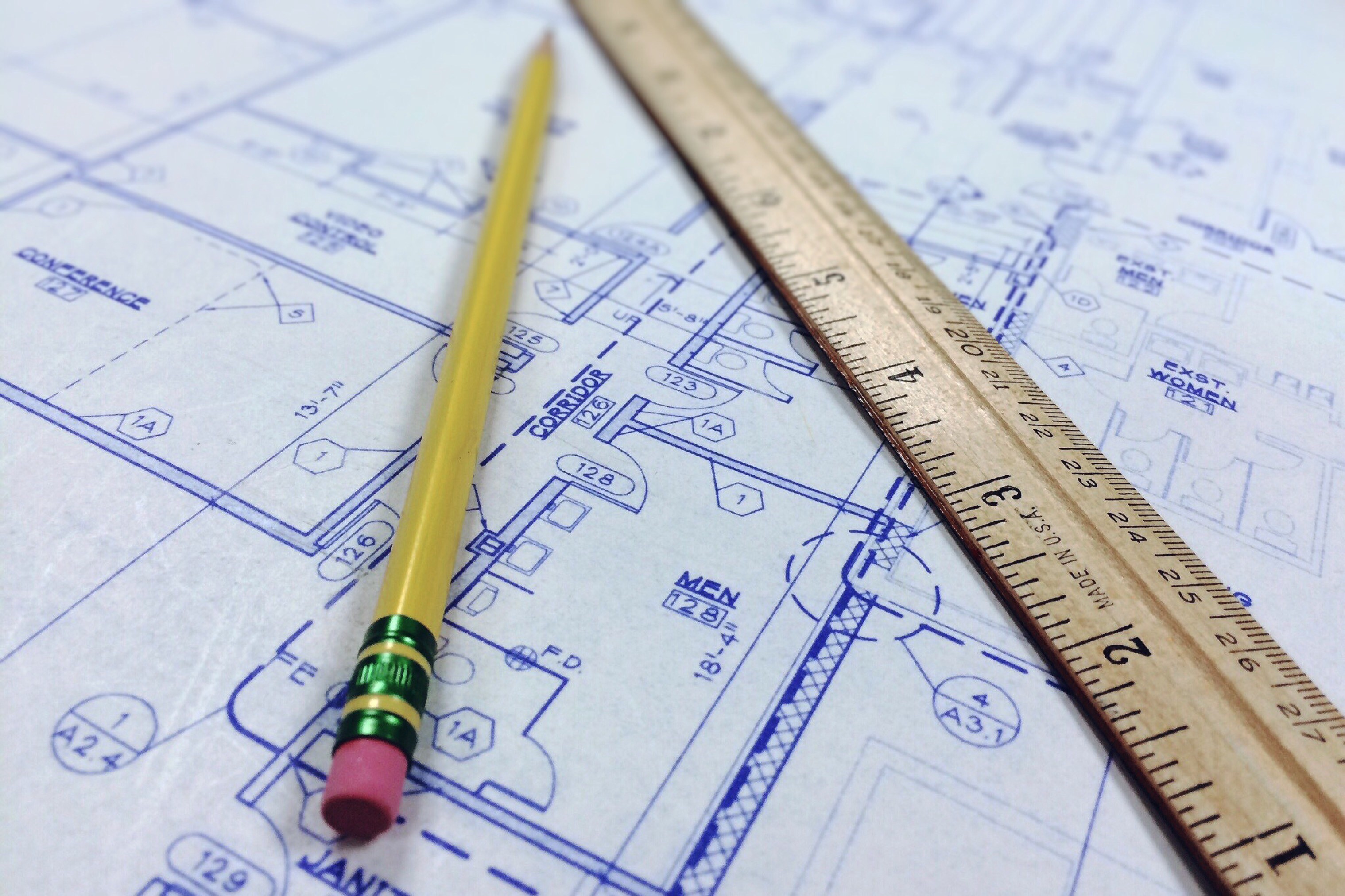
Each great world builder has developed a process for creating worlds. Some decide to systematize and share that process. Usually this comes in the form of strategies, exercises, ways of thinking, or, popularly, world building checklists.
Checklists provide a structure to the world building process through a series of questions. Can you complete this survey? How complete are these aspects of your world? When well done, they can be either effective roadmaps to follow or evaluations of the thoroughness of your work. These two functions make checklists valuable throughout the beginning and middle stages of building a world. However, when done poorly or used religiously, they encourage shifting your focus to elements less relevant to your world or the purpose it serves.
Two of the most widely used and highest-quality world building checklists are:
- Fantasy Worldbuilding Questions, by Patricia C. Wrede, a thorough and general list particularly well suited to fantasy world building, overviewing aspects of universes from geography to fashion.
- Checking On Culture, by Lee Killough, a list of topics and questions devoted to creating a detailed and fully rendered culture, with examples provided for each.
Other processes lay out systems for world building in a series of steps.
- 30 Days of WorldBuilding is one example of such a process.
- World-Builders, mentioned in the previous section, also provides a step-by-step process, albeit a looser one.
Finally, there are more abstract processes that focus primarily on providing new frameworks for viewing worlds, structuring them, and envisioning new ones. A good example is
- Stant Litore?s Write Worlds Your Readers Won?t Forget. Litore, a speculative fiction author, frames worlds as ?pressure cookers.? They?re environments for stories, exerting the pressures that shape characters and push them into motion. To do this effectively and memorably, a world, he says, ought to have at least one striking physical feature, one strikingly unique creature, and one striking cultural feature existing in response to the physical and biological environment. The rest of the book is filled with exercises and examples that explore the reasoning behind Litore?s approach and how to create those three aspects effectively.
Sometimes, though, processes alone are difficult to follow or overly rigid. That?s where platforms come in.
Platforms
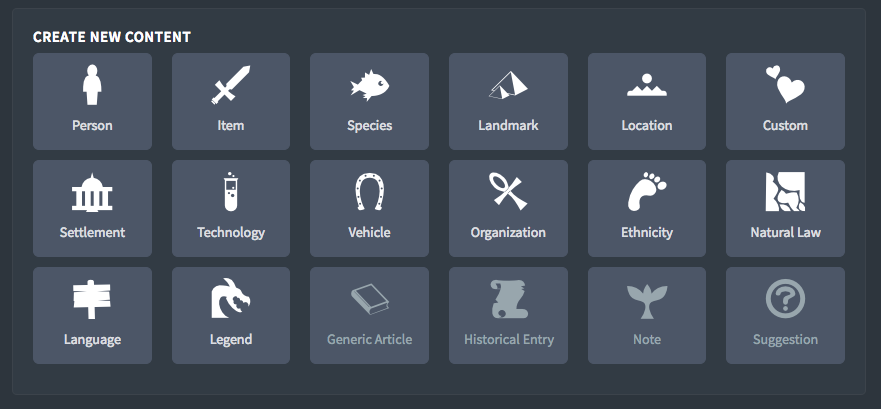 Creating Content with World Anvil
Creating Content with World Anvil
Platforms are environments and software designed for world building. They entail a process, perhaps like those presented in the previous section, which the tools, materials, or interface of the platform bring life to. Platforms structure information about the world and make it easier to create new information.
As an aside, tabletop role-playing games are, in a sense, platforms for world building as much as systems for storytelling and games of chance. A set of rules provides a structure to create characters and follow those characters? actions. Those characters act and react. This necessitates and creates an environment, a world, that characters affect.
The best world building platforms make world building more efficient, effective, and fun by offering systems and tools while staying out of the way of world builders? creativity and productive workflows.
Here are some:
- World Anvil is an up-and-coming world building platform. Users create, document, and structure their worlds using preset templates (e.g. Species, Item, Location, Custom, or Language) and relationships between them. Users can also present their worlds to and write articles for the growing World Anvil Community. Notebook.ai and World Scribe are a website and Android app, respectively, that offer functionality extremely similar to that of World Anvil, without the community.
- One Stop For Writers is a suite of tools for fiction writers, many of which are useful to world builders. One such tool, Worldbuilding Surveys, takes world building checklists to a new level. Users create a ?survey? for something existing within their world. The platform presents users with a set of general questions based on the type of survey selected (e.g. Town or Person). The user can then select questions from the list to answer, filling in information about their world and likely raising further questions for further surveys.
- Ben Robbins?s Microscope RPG is world building in the form of a pen-and-paper game. Players move forward and backward in time freely as they lay out the history of a world from beginning to end, zooming in from Periods to Events to acted-out Scenes that answer specific questions. The system it lays out is one of the most effective and fun ways to build a world that I?ve tried. Plus, as producers and game designers have long known, world building is far easier, faster, and more effective when done collaboratively than alone, as evidenced by the efforts of the World Building Media Lab and World Building Institute at the University of Southern California.
- As a ?bonus? platform, I am obliged to mention WorldLab, an in-development web app for collaborative world building that I am currently working on. It adapts the design thinking process to world building, as I overviewed here, to a system that draws on elements of Microscope, One Stop?s Worldbuilding Surveys, Stant Litore?s process, and other systems. Where World Anvil and Notebook.ai intuitively structure what exists within worlds, WorldLab productively structures the process of creating new things to exist within worlds. Here?s the 9th prototype of a lite, paper version of the system (the process, minus the platform).
The Fourth Category
This is where I admit that we were all of us deceived. For there was another category of resource made, a fourth category that is not specific to world building but that binds together all three others: content. Toolboxes are designed to help you create specific content of a higher quality. Processes are designed to help you determine the content your world needs. Platforms are designed to structure content and make new content easier to create. But in all cases, the content itself must come from you, the world builder.
So how do you get new content?
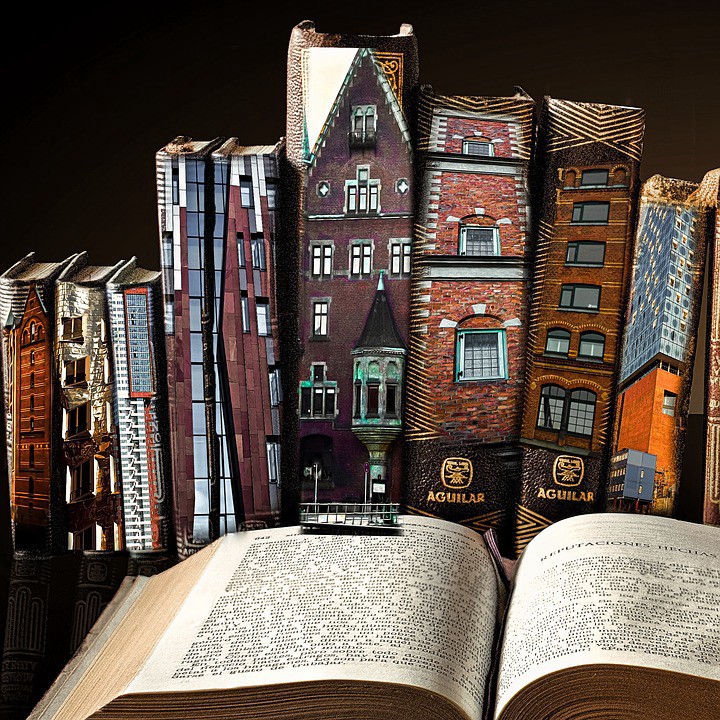
The answer may seem obvious, but it?s equally difficult to internalize: be curious. The content you have access to imagining is gotten in the same way as any sort of content is: through experiencing, observing, and reading. The best world builders, like the best writers and the best thinkers, actively and voraciously consume their own world, reflect on it, and shamelessly repurpose it. For Tolkien it was, especially, philology and linguistics; for Martin, history and politics; to both Tolkien and Martin and to Le Guin, Asimov, Atwood, Austen, Melville, Faulkner, Hurston, Orwell, Marquez ? all the rest ? we can add writing and language of every kind. Books, speeches, and conversations are the foundational world building resource. The greater the variety of material you?re exposed to, the more imaginative you can be, and the thousands of world-building-specific resources living online are useful only when accompanied by ideas. So world builders are curious, and they read.
There we have the four types of world building resources: toolboxes, processes, platforms, and content. To cap things off, here are some directories of many more resources than could be included in one brief article:
- Big List of Worldbuilding Resources
- The Ultimate List of 42 Worldbuilding Resources
- Worldbuilding Resources
- NaNoWriMo Worldbuilding Resources
- World Builder Page ? Landscape Utilities
- World Building Academy
- Mythcreants Worldbuilding
- 30 Immersive Storytelling platforms, apps, resources &tools
Happy world building! May your worlds inspire ours.
